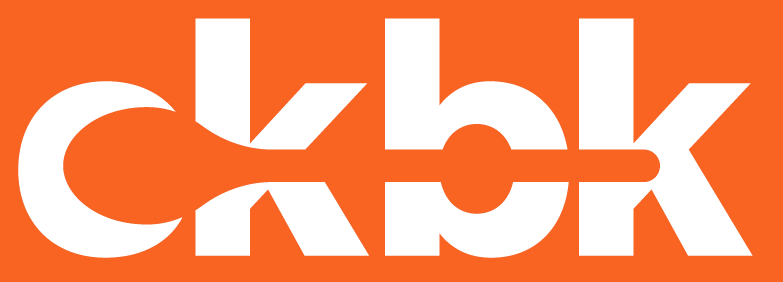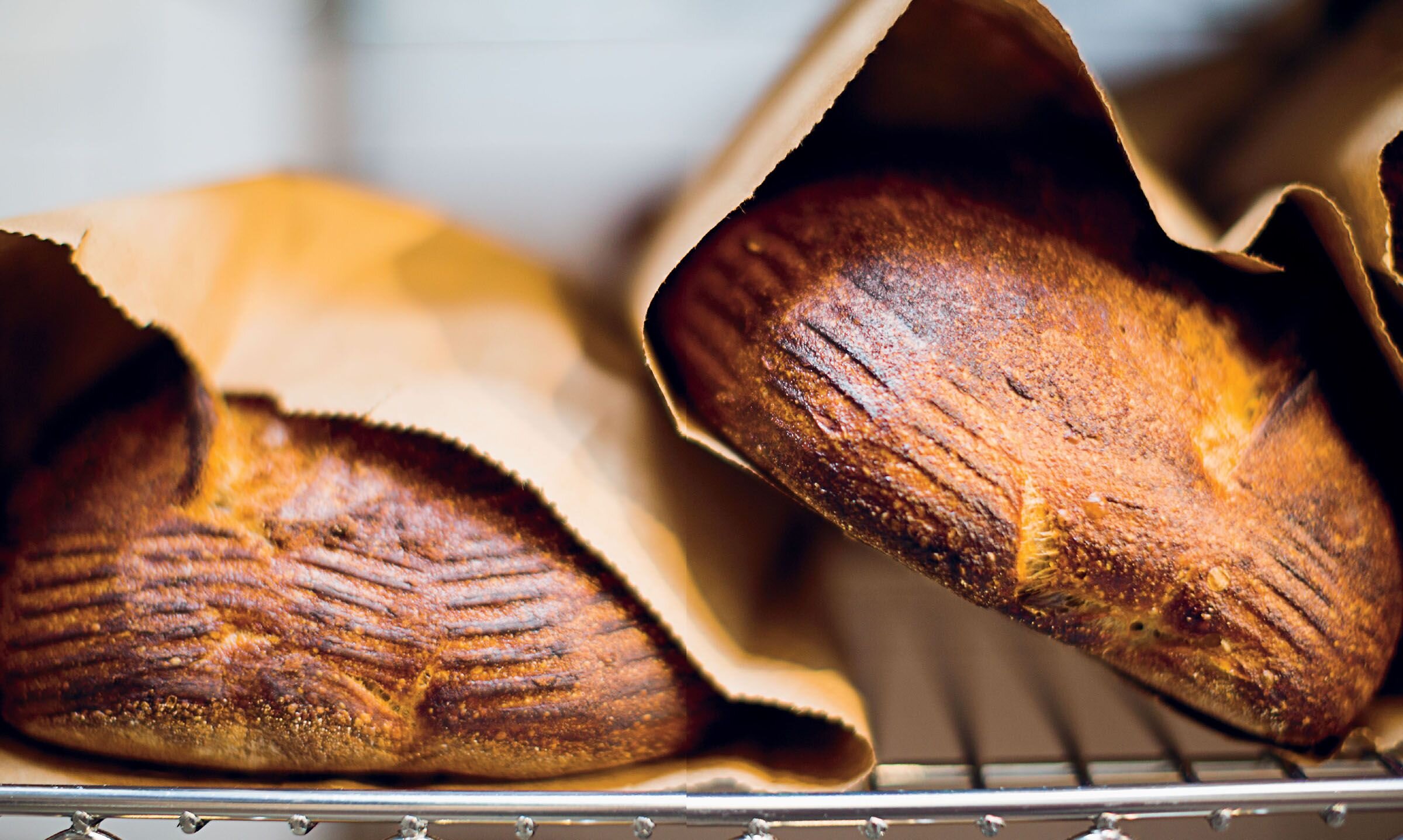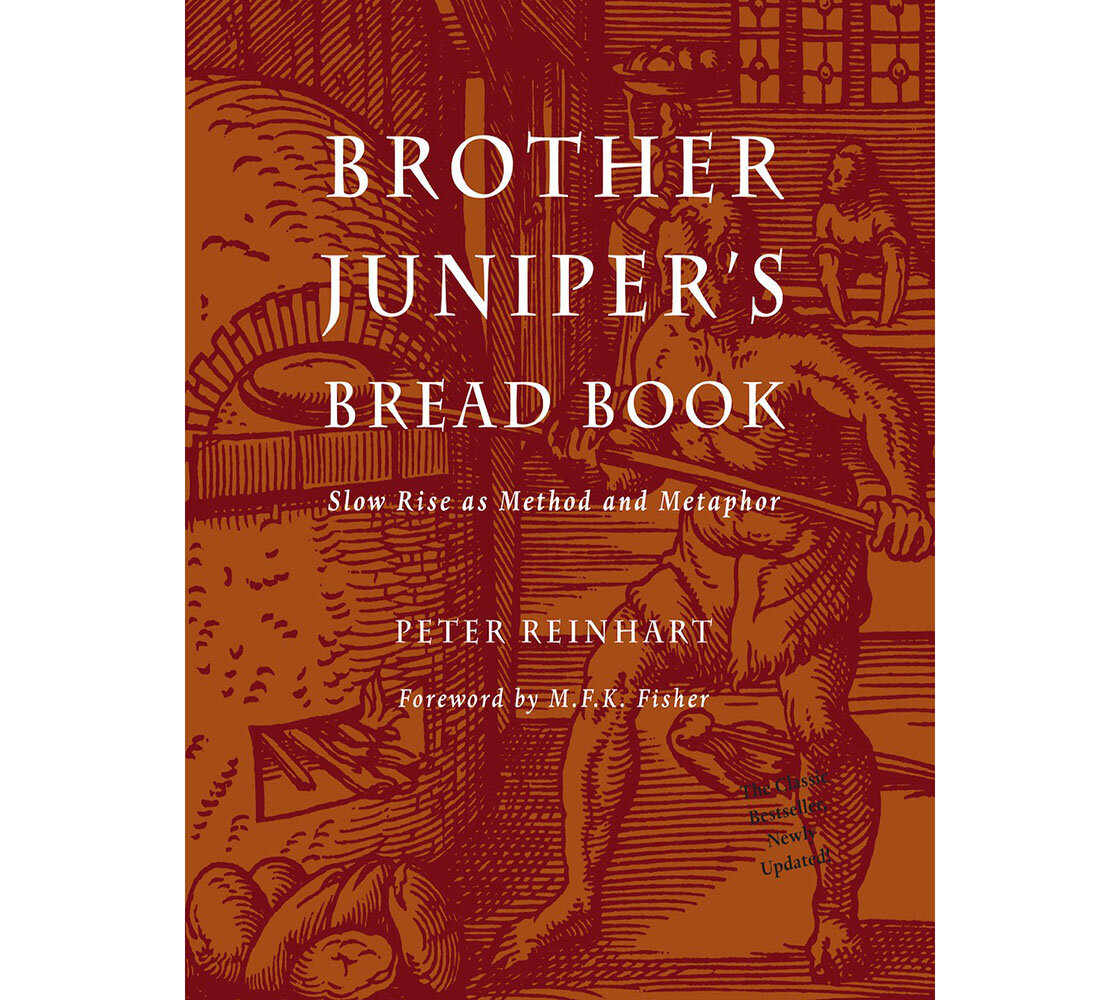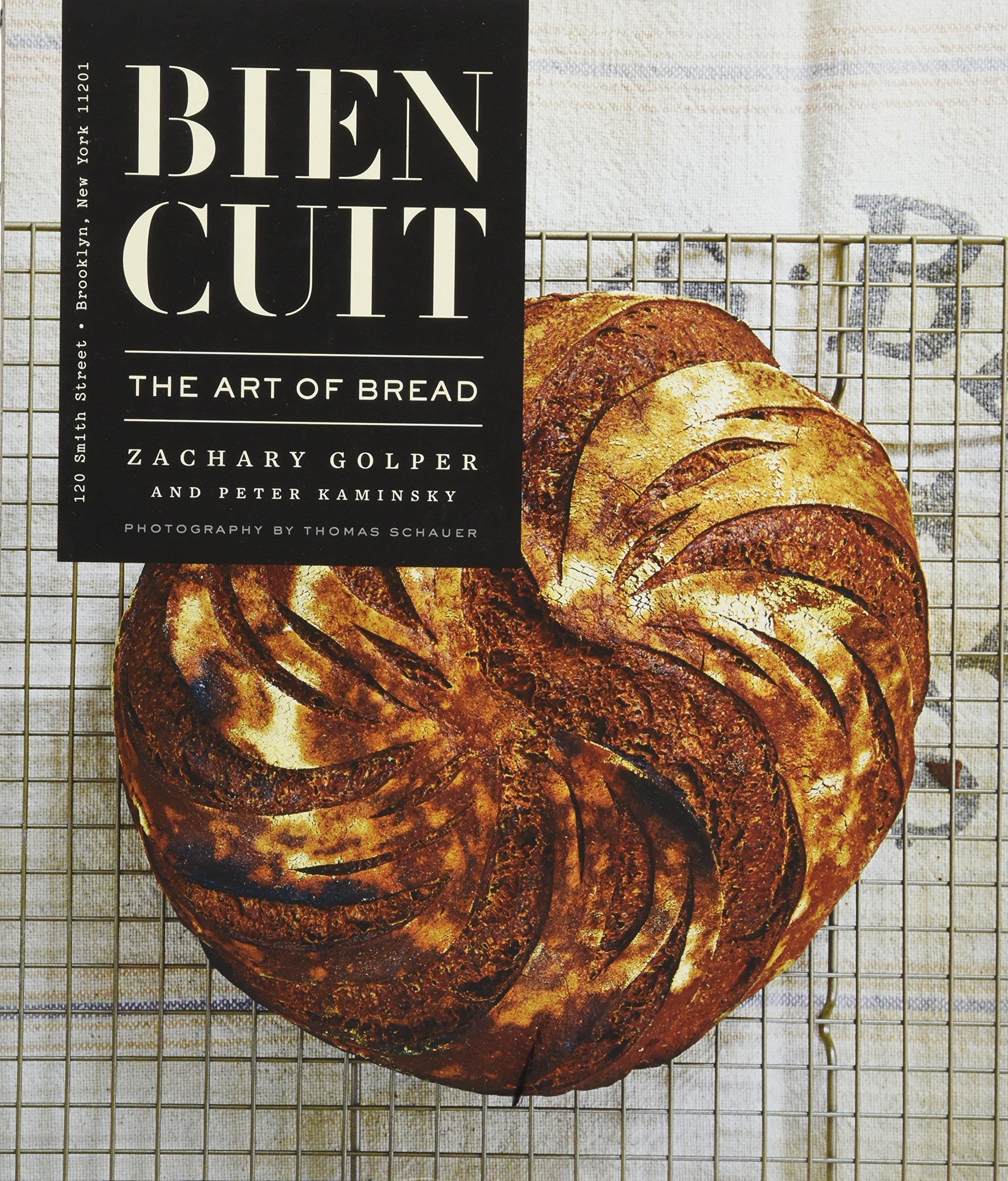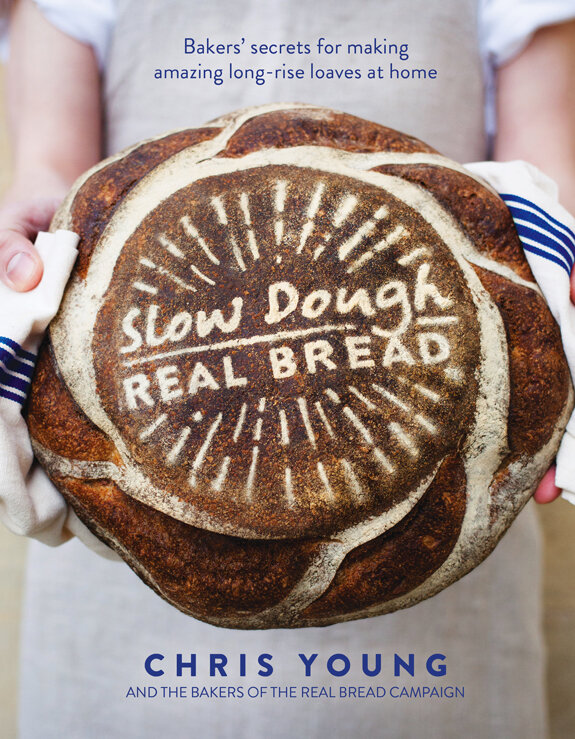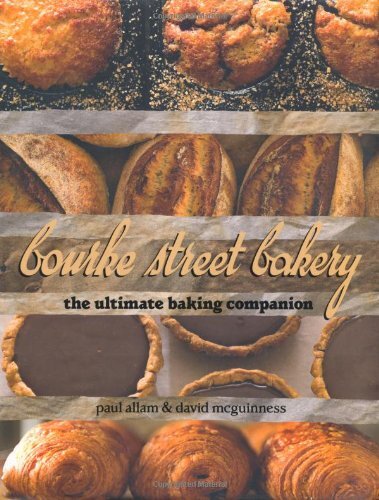The Staff of Life: ckbk’s bread-baking collection
Without getting too far into pun territory, the rise of ‘real bread’ and ‘knead-to-know’ cookbooks has been phenomenal in recent years. And with more of us working from home, we’re increasingly willing to spend more time (and dough!) on the ‘labor of loaf’ of bread-making. To date, there are just over a baker’s dozen of titles in the ckbk bread-baking collection.
Bread as metaphor
There is no better place to start than with Peter Reinhart’s influential Brother Juniper’s Bread Book, subtitled The Slow Rise as Meaning and Metaphor. Nigella Lawson wrote that this is the book that started her “enduring love affair with bread-making.” It’s a classic guide to artisanal bread, and a reminder to slow down and savor; Reinhart cleverly uses the slow-rise method as a metaphor for a purposeful life driven by service. The book contains sublime recipes such as Sprouted Power Bread and German Rye Bread made with sauerkraut. Reinhart’s Wholewheat Bread with Polenta is, “a bread recipe for the wheat purist; 100% whole wheat flour, no white flour, a little corn or oat flavor, lots of fiber, and no guilt.” (Reinhart has written ten bread books and is a teacher at Johnson & Wales University in Charlotte, NC; his online bread courses at Craftsy are excellent value.)
No guilt. Along with flour, water, yeast, salt, time and heat, the ckbk collection of bread titles combine perfectionism, simplicity and dogged obsession. Josey Baker Bread (and yes, Josey Baker is his real name!) writes with an infectious joy that makes it hard not to just roll up your sleeves straightaway to get stuck in. A natural teacher, Baker gives a little pep talk to introduce lesson one, Your First Loaf of Bread: “Say it with me now,” he says, “I AM a baker. I AM a baker. I AM A BAKER.” Become even more Baker with his next-level Hearth Sourdough along with baking recipes using spelt, rye, and kamut.
Back to school
There are some textbook-style titles to get lost in – Wayne Gisslen’s Professional Baking, Bo Friberg’s The Professional Pastry Chef and Jeffrey Hamelman’s Bread: A Baker’s Book of Techniques and Recipes are ideal reference books for going back to the basics.
Hamelman lists ingredients in both American and metric measures, quantities appropriate for home baking, and baker’s percentages, but don’t let the table-style ingredient lists put you off. Vermont-based Hamelman, who was the bakery director of King Arthur Baking Company for 20 years, was also a member of the US national baking team that won first place in the 1996 Coupe du Monde de la Boulangerie, the bread-baking World Cup. His dogged determination comes through in the recipes – try his Beer Bread and his Baguettes de Tradition, which was perfected in Tokyo. Originally Hamelman had envisioned publishing an anonymous textbook, “reasoning that it was about a topic, not about a person”, but was glad, in retrospect, that he did not as it “led to the opportunity to teach on five continents… and I've met an extraordinary array of wonderful bakers”.
You won’t find food photography for all the recipes in Bo Friberg’s The Professional Pastry Chef; it’s aimed at professional-level students, rather than being lifestyle-focused, but the technical drawings are very helpful. Friberg’s Pullman Loaves are named after George Pullman of the Pullman railroad car – these loaves resemble the long box shape of the car and make neat, uniform sandwiches. Other classics from this encyclopedic reference book include Focaccia, made traditionally with herbed garlic oil, and Pretzels that come in two variations: one baked in the same way as standard bread and the other boiled before baking as bagels are to produce something altogether denser and chewier.
The quest for the perfect loaf
In Zachary Golper and Peter Kaminsky’s Bien Cuit, the Brooklyn-based authors go on several bread quests to track down and re-create iconic breads of New York City, including, of course, Bagels. (On the topic of bagels, Marcy Goldman’s Best Bagels! has a baker’s dozen of great ideas: Spelt Bagels, Pumpkin Cranberry Bagels, and Cinnamon Raisin Wholewheat, to name a few.)
Bagel-questing Golper and Kaminsky’s Bien Cuit is named after the characteristic mahogany crust on a loaf of bread (‘bien cuit’ is French for ‘well done,’ after all), but it also reflects an approach to their baking. Golper’s signature bread is the 60-hour Sourdough Loaf, inspired by a version created in the 1970s by Lionel Poilâne in Paris, believed to have been a key influence of the artisan bread revival around the world. Golper says, “If I were allowed to sell just one bread, this would be it.”
Rise up for real bread
The seminal 2016 Slow Bread, Real Bread by British campaigner and baker Chris Young collects recipes from some of Europe’s leading bakers. His Sourdough Starter is made with equal quantities of rye flour and water and is the basis of Wholemeal Dark Rye and Potato Bread and other riffs on rye. Other highlights include a remix of bread guru Andrew Whitley’s Pain de Campagne.
In Bourke Street Bakery Australian bakers David McGuinness and Paul Allam introduce their Mr Potato Bread recipe as, “another dough that went through its adolescence with yeast, then grew up into an honest sourdough.” Winners of the World Cup for bread-naming irreverence, perhaps? Olive-oil tossed and roasted potatoes are added to the dough of this bread from Bourke Street Bakery, the iconic Sydney-based empire. Another one to bookmark is their Rye and Caraway Loaf – McGuiness and Allam once tried to take it off the menu at Bourke Street and “backlash ensued — not quite people marching in the streets, but we did receive a dozen angry emails. Rightly so.”
In 2008’s The Modern Baker, Nick Malgieri offers up a spiced bread inspired by his friend Amy Scherber, owner of Amy’s Bread in New York City. Crushed fennel seeds emphasize the sweetness of the figs in this bread, and it will give your kitchen a delightful fragrance as it bakes.
This recipe neatly segues to British author Frances Bissell’s The Floral Baker, which features historical curiosities such as York Mayne Bread. This bread was recorded as early 1445 as a favorite recipe for presenting to visitors to York in the north of England. It was revived in the 1950s and given to guests at the York Festival in 1951, and is made with caraway seeds, coriander, and rosewater. Another revival in Bissel’s book is Saffron Tea Bread, which is based on Cornwall’s traditional saffron cake. This tea bread takes the form of another food metaphor, pimped up as the Cornish treat of ‘thunder and lightning,’ a slice of the bread toasted and spread with clotted cream and golden syrup. Boom.
No one likes a soggy bottom
With its hot baps, tight balls, and soggy bottoms, arguably the winners of the baking wordplay World Cup would have to be ‘The Great British Bake Off.’ Ruth Clemens was a runner-up on the first series of the show and her The Pink Whisk Guide to Bread Baking features showstoppers such as Chorizo & Chilli Potato Bread and an ingenious BBQ Twist & Swirl Loaf.
We end this metaphorical journey through the ckbk bread collection with Tom Jaine’s Making Bread at Home. Tom is a restaurateur and broadcaster and the former proprietor of publishing company Prospect Books, which specializes in food and food history. Long after the bread puns have gone stale, Jaine’s recipes for Scottish Baps, Finnish Easter Bread, Majorcan Potato Buns, and Guatemalan Sweet Buns will keep you on a baking roll.
More features from ckbk
Cookalong
Michelin-starred chef Daniel Galmiche joined us for a live cookalong.
